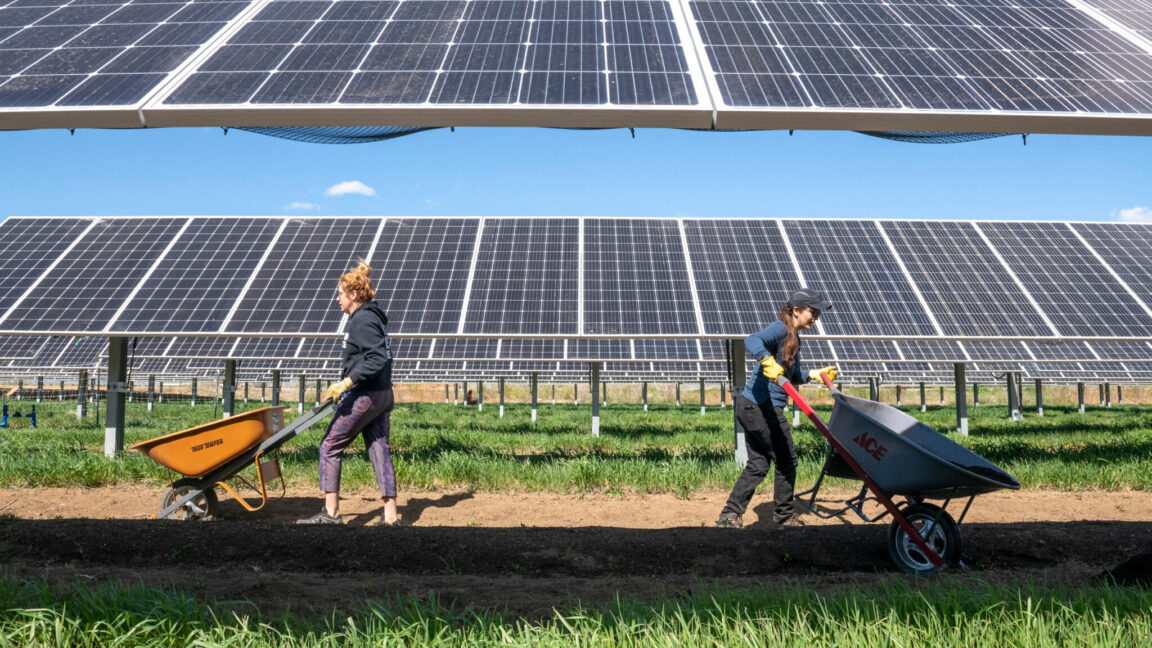INSUBCONTINENT EXCLUSIVE:
This article originally appeared on Inside Climate News, a nonprofit, non-partisan news organization that covers climate, energy, and the
said, describing some of the benefits he and his team have seen farming under solar panels in the Tucson desert.For 12 years, Barron-Gafford
has been investigating agrivoltaics, the integration of solar arrays into working farmland
This practice involves growing crops or other vegetation, such as pollinator-friendly plants, under solar panels, and sometimes grazing
livestock in this greenery
Though a relatively new concept, at least 604 agrivoltaic sites have popped up across the United States, according to OpenEI.Researchers
like Barron-Gafford think that, in addition to generating carbon-free electricity, agrivoltaics could offer a ray of hope for agriculture in
an increasingly hotter and drier Southwest, as the shade created by these systems has been found to decrease irrigation needs and eliminate
Plus, the cooling effects of growing plants under solar arrays can actually make the panels work better.But challenges remain, including
making it harder for solar arrays to do their job, Barron-Gafford said
the Southwest, where historically hot temperatures are steadily increasing
Tucson, for instance, saw a record-breaking 112 days of triple-digit heat in 2024, according to National Weather Service Data, and the US
Environmental Protection Agency reports that every part of the Southwest experienced higher average temperatures between 2000 and 2023
compared to the long-term average from 1895 to 2023.

